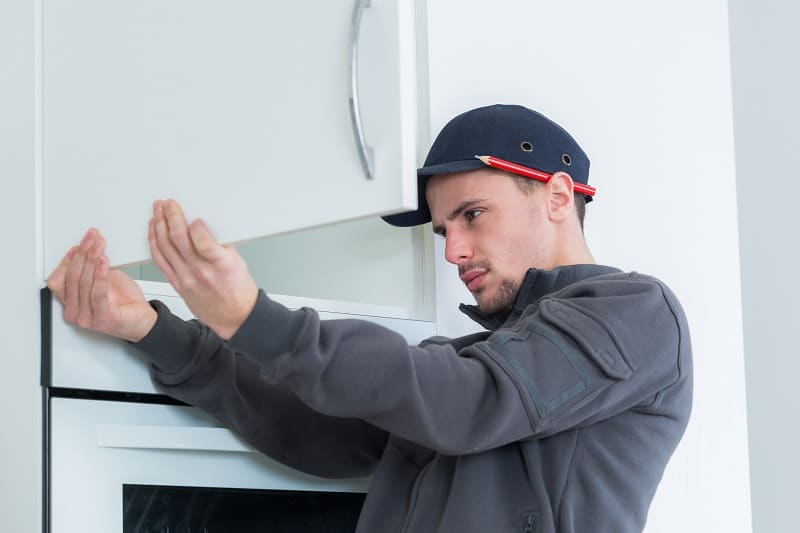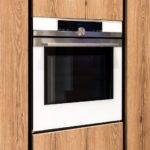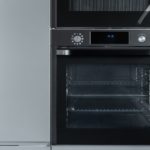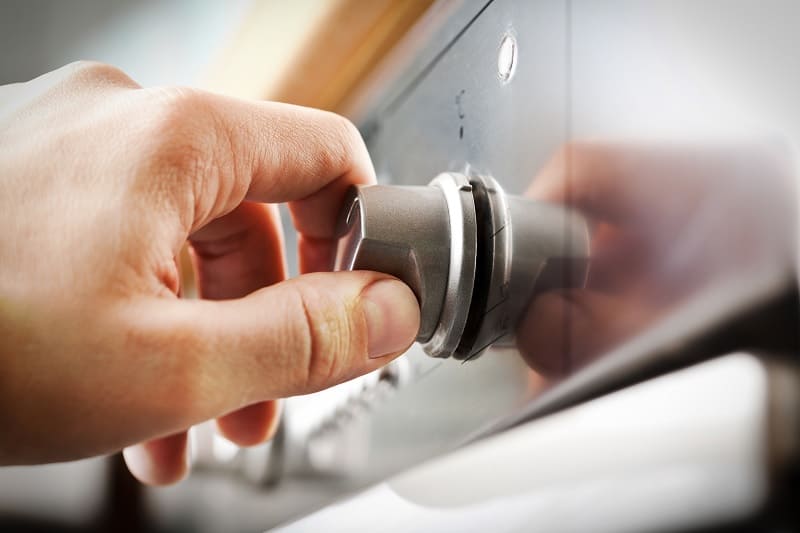If you’re thinking of getting a new built-in oven for your kitchen, measuring the space that you have is vital. I’m sure you know this already, though.
Built-in ovens are a bit of minefield as it is. You don’t want to buy an oven that won’t fit into the space that you have.
You could either buy a built-in that is way too big for the gap in your kitchen, meaning that you’ll have to cut out a part of your kitchen for it to fit. Or you could buy a built-in oven that is too small for the space and end up with a very unattractive gap!
So, how do you measure for a built-in oven? Well, I’m glad you asked. There are a few tricks to measuring for a built-oven, and here they are.
How to Measure for a Built-In Oven
The easy way to measure for a built-in oven is to simply measure your existing oven. If you have a built-in oven that you’re replacing, get all of your measurements off of this oven.
Some ovens have their dimensions printed on a label on them. However, most built-in ovens can be found online and will have their measurements posted.
So, do a bit of research about your existing oven and measure it yourself to check that the measurements given online are correct.
You can then use these measurements to find a replacement. As long as the new oven has the same measurements as your old oven, it will fit perfectly.
Checking the Standard Measurements
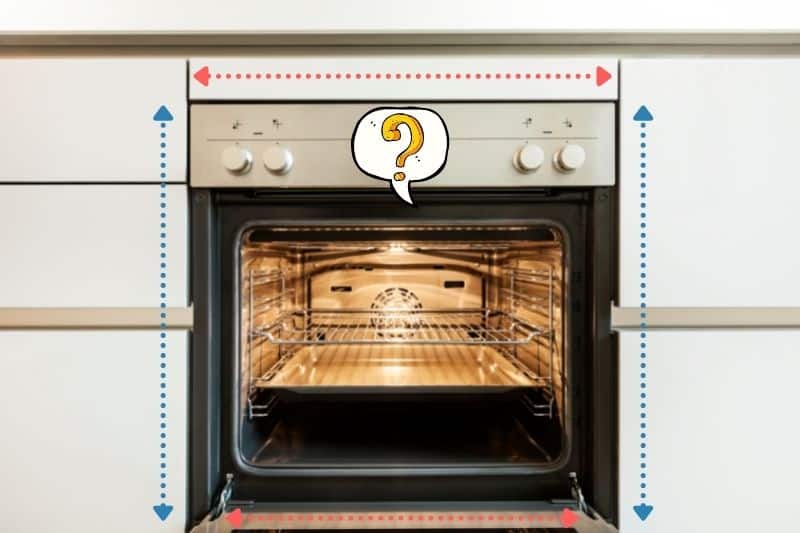
Measurements for ovens are all pretty standard, particularly when it comes to built-ins (see our guide to oven sizes). For example, a slim built-in oven is 55 cm wide, while a standard oven is 60 cm.
Of course, some built-in ovens feature double ovens, so the height is as important as the width. The height of oven you can use will be limited by how big the gap in your kitchen housing is.
All built-in ovens have standard measurements, so finding out what oven should be installed into your kitchen isn’t difficult. All built-in ovens go into a standard oven housing anyway. So, even a slim built-in should work in a space designed for a standard built-in.
Checking with Your Kitchen Designer
If you are having a kitchen installed by a professional team, there shouldn’t really be a need to check the measurements of your built-in oven.
A kitchen designer will often give you a list of ovens that will work in the space you have. If they haven’t, ask which ovens would work in the area.
Finally, a quick message about installing a built-in oven: If you are measuring for a built-in oven because your oven has stopped working, please do not try and install it yourself. A built-in oven should be installed by a professional.
So, a good way of ensuring that the built-in oven you are buying is correct is by speaking to the professionals that you’re buying it from.
Tell them the model of oven you have right now, and they should be able to tell you whether the oven you have your eye is the right match. It’s in their interest to do so as well. It saves their installer coming up to find that you have ordered the wrong oven!
Conclusion
We hope this look at built-in ovens and measuring for them has been helpful. Remember, built-ins have standard sizes so you can’t really go wrong. However, if you’re unsure, measure the width and height of your oven and then look up those measurements for the oven you are buying.
Take a look at the best built-in ovens while you are here too. There is an oven on that list perfect for your kitchen!

Scott is a writer and a passionate home chef. His passion for cooking began when he was 10 years old. Scott has been writing professionally for over five years now and loves to combine his passion for cooking with his day job.

